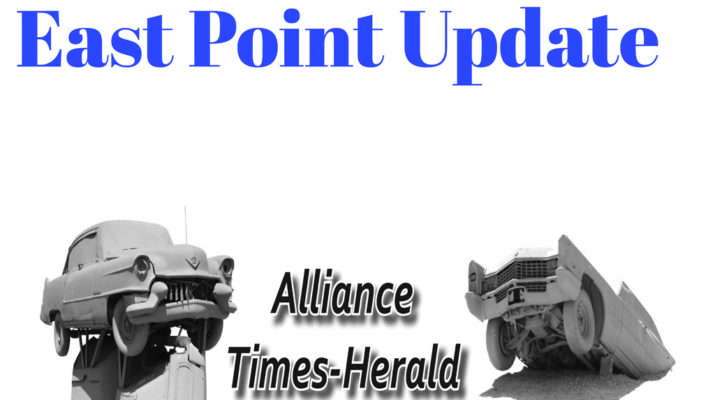This past week East Point Horspice learned of the unfortunate accident involving a highly trained and experienced horseman, Ken McNabb from Wyoming. We’ve followed Ken for years and appreciate his style, temperament and talents with horses and people alike. The old adage that it’s not a question of if but when being around horses will cause some sort of injury to people was upheld. When someone who works professionally training horses and riders, and has for many years, gets injured it makes one pause. While the injury undoubtedly will keep him in the hospital for the near future, we all know that broken bones and the involvement of pins, rods and screws will slow the recovery process bringing it to a debilitating crawl, especially for people who normally lead active outdoor lifestyles.
Volumes of horse training information are available on-line and EPH has always attempted to continually stay educated and open-minded about the techniques which exist. With education and experience, hopefully wisdom can be sown and passed down. One of Charlene’s favorite mantras is, “Green on green make black and blue.” This refers to the concept that anyone just starting out in any vocation is considered “green” due to their lack of knowledge. This situation compounds when a green trainer is working with a green horse, a horse with little or no previous training. Therefore, putting green on green has the real potential of ending with a result of black and blue, hopefully only bumps and bruises. Remember, the green 1000-pound horse will always have the advantage over the green trainer. In this scenario you’d hope that a few scrapes and bruises will add to the experience category of the green trainer and be forever paid to the wisdom column in the horse training ledger of life.
Being green or having spent your life around horses sometimes has no distinction; there exists no hall pass if the framework is in place for unavoidable serious injury. How can a guy lessen the chances of injury when around horses? The simple route is to count on luck. Easy, right? Unfortunately, the container which holds luck is of different volumes for all of us and will run dry at some point, no matter who you are. Perhaps a better path is to read all you can about training techniques from many different sources and develop a plan that best suits your visualized approach to safety. Seek out the people who have the experience and wisdom and are willing to share what they do to remain safer. I’ve yet to meet anyone with true horse experience that can’t share a story of their past that will make you cringe and hope that what they describe will never happen to you. Listen to these stories carefully, ask questions, then learn from their results. Finally, there is no better training aid than being among the horses, working with them, developing relationships and understandings that can only be realized through time on the ground in the round pen and in the saddle away from the arena. The time it takes to develop a safe approach varies with everyone, but, at some point, you must let the rubber meet the road, maybe let the hoof meet the sand, and go forth confidently and fearlessly. What a life lesson the horse can teach us if we’re willing to sit through the class and take the exams, not just sit in the back and audit.
EPH takes safety seriously and consistently, whether you’re working with Spike the donkey, even in the kissing booth, or with Tulley, an off-the-track thoroughbred who has the capability of making a six-foot cowboy look short. As with anything in this world, only you can decide if the potential danger is outweighed by the incredible benefits of your lifestyle of choice. A life among the herd definitely has rewards only available in the pasture. If you’re needing a fix of horse hair and snorts, contact East Point Horspice. The horses would be glad to see you.

